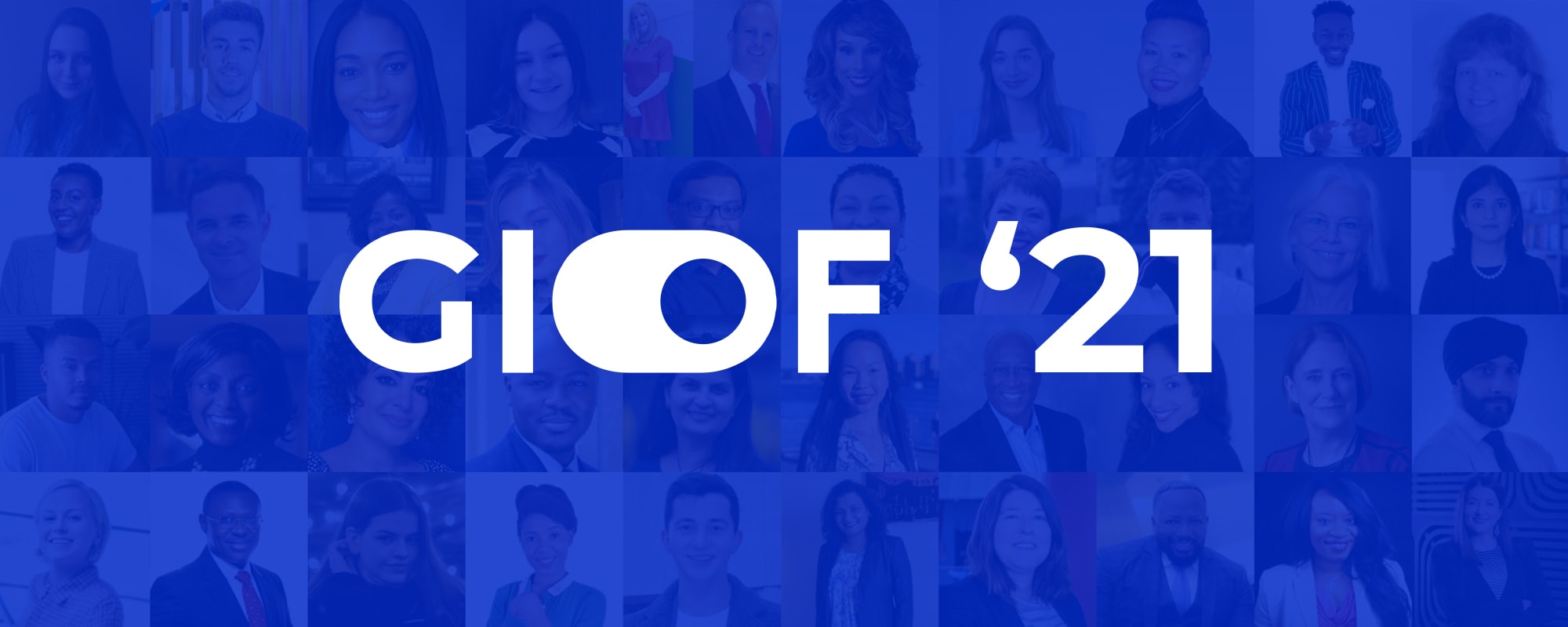APPLYING PROCUREMENT PRACTICES TO HIRING FOR DIVERSITY

When we talk about hiring for diversity, the key focus of most Fortune 500 corporations in the coming years is at the senior management and board levels. The problem is that these positions have traditionally been dominated by white men, while women and BIPOC have been in an absolute minority.
So when corporations are trying to source candidates for these positions, in most cases they face a choice between one diverse and several non-diverse candidates. When a diverse candidate prevails the competition, management has no headaches. But in most cases, where there is no clear favorite in the contest, decision-makers face an inner struggle between their biases, gut feelings and corporate diversity policies.
While understanding that diverse candidates should receive some advantage in the competition for higher positions, we also recognize that this advantage cannot be unlimited, i.e. if there is a tiny difference in qualifications, diversity aims can help make a decision in favor of a diverse candidate, but if the difference is serious, a company cannot afford to sacrifice all other considerations just for the sake of diversity.
On one hand, hiring processes have rapidly advanced in the last decade, and corporations have been improving their diversity metrics: unbiased ad language, blind interviews, bias-free prescreening—all that has become available to businesses thanks to technological advancements.
On the other, the final decision in most corporations is still a one-man game, where the most senior executive makes almost autonomous hiring decisions above a certain level. Such senior decision-makers, whoever they are, have biases and outlooks that affect all their decisions, regardless of diversity hiring guidelines.
As a result, an overlooked woman or minority candidate can always claim sexism or racism played a role in losing the position, while bypassed white men will inevitably fault the company for choosing candidates based on gender and race rather than professional qualifications. Indeed, many white men in corporate America are now complaining that they can’t find a job because, they typically claim, “corporations have become obsessed with diversity and don’t want to look into the qualities an individual has to offer.”
How can we turn this around?
To make the hiring process more predictable and transparent, we should long ago have looked at best procurement practices and seen how they evolved over the years. Today, if a major corporate office wants to buy something it needs, it runs an electronic bid following a strict, predefined tender procedure. Each factor in the evaluation of a bid has a ladder score: each number describes a certain characteristic of the evaluated item, the weight of that score in the total evaluation “basket,” and the decision-maker or department that is supposed to provide that evaluation.
For example:
|
Evaluation criteria |
Score range |
Weight |
Evaluated by |
|
X (main feature for which the company needs the item) |
1-10 |
20% |
Head of department using the item |
|
Y (supply terms) |
1-10 |
30% |
Procurement specialist |
|
Z (price) |
1-10 |
30% |
Finance department |
|
ZZ expiry date |
1-10 |
20% |
Independent quality expert |
|
Total |
100% |
As a result, no one in the company has sole power over that buying decision and all proposals are evaluated against the same criteria by the same people, across various departments.
With such a system in place, no one person can be blamed for making a wrong purchasing decision, or accused of personal bias or corruption, while the company generally gets the best products or services for the best price possible on the market.
So what might a transparent hiring process look like based on this model?
|
Evaluation criteria |
Score range |
Weight |
Who evaluates |
|
Hard skills (main qualities for which the company needs the individual) |
1-10 |
20% |
Head of department hiring the candidate |
|
Soft skills |
1-10 |
30% |
HR specialist (recruiter) |
|
Stress resilience |
1-10 |
20% |
Independent psycho test platform with score |
|
Company culture fit |
1-10 |
20% |
Collective score from potential colleagues and coworkers |
|
Diversity fit |
2: white men 4: white women/men of color 6: women of color 6: disabled individuals 8: disabled individuals with 1 diversity feature 10: disabled individuals with 2+ diversity features |
10% |
HR department |
|
Total |
100% |
The fifth criterion, which defines specific diversity aspects and the score or, in golf terms, the handicap, given for them, is a clear manifestation of the company’s diversity priorities and goals. This company is clearly keen to hire diversity candidates and give them a serious advantage over white men—without sacrificing all the needed qualifications for the sake of diversity alone.
This approach, with science and numbers behind it, has been long used in procurement and a few other areas where a complex evaluation is needed. This kind of a methodology is what companies need for more predictable, higher-quality hiring that would allow them to improve their diversity scores while providing a better workplace for all employees, regardless of race, sex or age.
Modern technologies make setting up such a system relatively straightforward. The benefits are great: it eliminates a lot of hiring headaches at all levels and allows companies to hire better, more diverse individuals, even when the situation involves multiple hires at the same time across different departments.

 Blind Hiring Summit: Embracing the New Age of HR
Blind Hiring Summit: Embracing the New Age of HR DEI Data Summit
DEI Data Summit Diversity Fatigue Summit
Diversity Fatigue Summit GIOF 2022 Annual Meeting
GIOF 2022 Annual Meeting Banking for everyone: Arising accessibility trends in banking and financial services
Banking for everyone: Arising accessibility trends in banking and financial services GIOF 2021
GIOF 2021 GIOF 2020
GIOF 2020